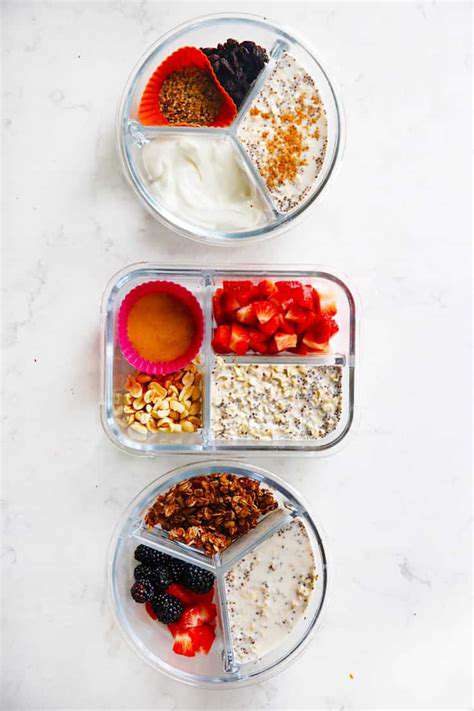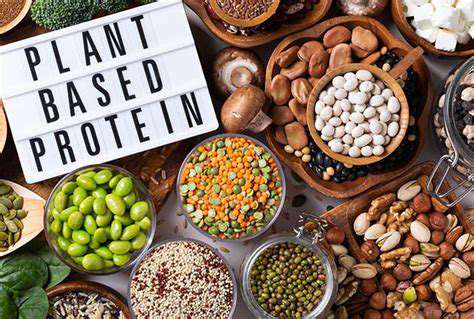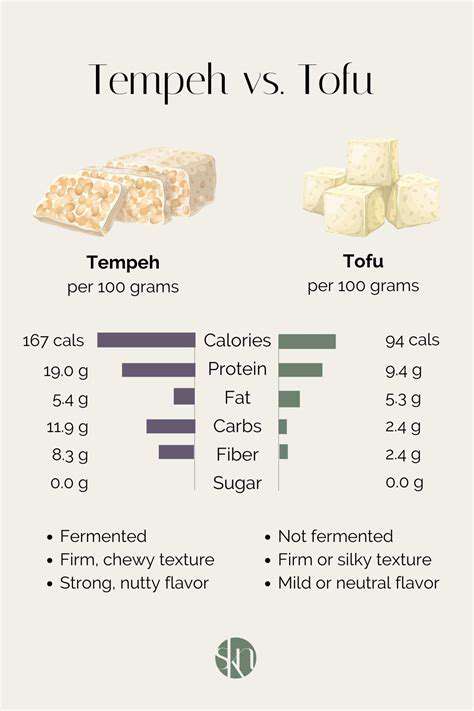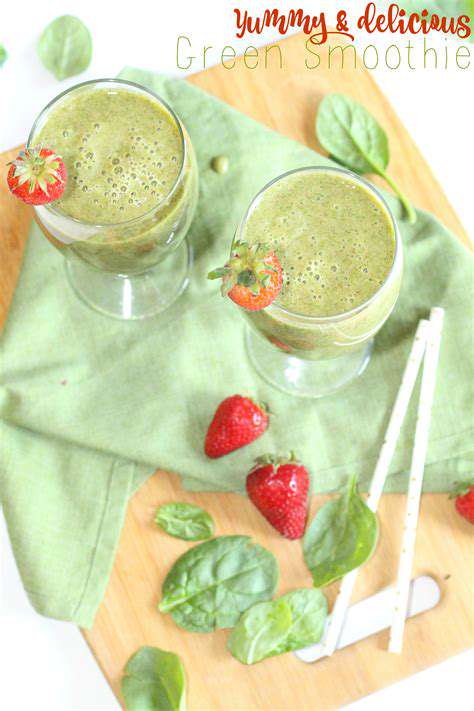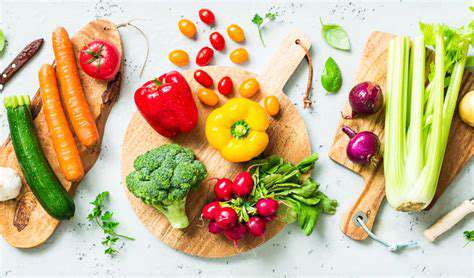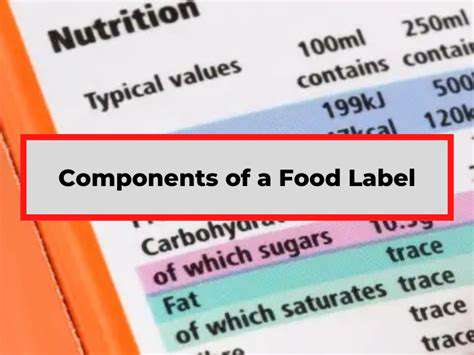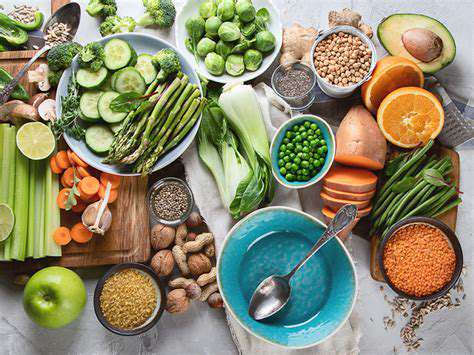Pantry Staples for a Gluten Free Kitchen
Choosing the Right Gluten-Free Grains
Navigating the world of gluten-free grains requires understanding their unique qualities. Wheat might dominate traditional cooking, but its alternatives bring exciting textures and nutrients to the table. Take rice flour, for example - its mild taste makes it incredibly versatile for baking everything from bread to desserts. Quinoa stands out as a nutritional powerhouse, delivering all nine essential amino acids while adding a pleasant nuttiness to dishes. Corn offers yet another dimension with its slightly sweet profile, perfect for tortillas or polenta.
Venture beyond the familiar and you'll discover amaranth's intriguing earthy notes or teff's delicate crunch. These ancient grains transform ordinary meals into culinary adventures - imagine amaranth's tiny seeds popping in your mouth or teff's rich, molasses-like undertones in homemade injera bread. Each grain brings its own personality to your kitchen, ensuring your gluten-free journey never becomes monotonous.
Gluten-Free Flour Alternatives: A Detailed Look
The secret to successful gluten-free baking lies in mastering flour substitutions. Almond flour revolutionizes dessert-making with its rich, buttery essence that elevates cookies and cakes to new heights. Its fine consistency creates remarkably tender textures that often surpass wheat-based alternatives. Tapioca flour works magic as a thickener and texture enhancer, lending dishes that coveted stretchiness missing in many gluten-free recipes.
Coconut flour demands special attention - its incredible absorbency means recipes require more liquid, but the reward is baked goods with delightful tropical aromas. Buckwheat flour, despite its misleading name, offers robust earthy flavors perfect for hearty breads and pancakes. Mastering these flours unlocks endless possibilities, from airy soufflés to crispy tempura batters.
The real artistry comes in blending these flours. A carefully balanced mix of sorghum, oat, and arrowroot flours can mimic all-purpose flour almost perfectly. This customized approach allows bakers to fine-tune recipes for specific needs, whether creating delicate pastries or sturdy sandwich breads.
Beyond Flour: Savory Staples for Flavor and Nutrition
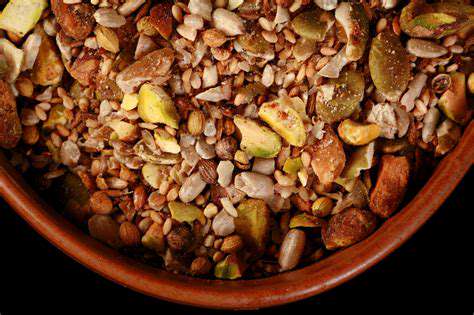
Beyond the Basics: Exploring Savory Alternatives
Gluten-free cooking extends far beyond simple flour substitutions. The plant kingdom offers an astonishing array of ingredients that transform ordinary meals into nutrient-dense culinary masterpieces. Lentils and beans provide protein-packed foundations for countless global dishes, from Indian dals to Latin American feijoada. Root vegetables like parsnips and rutabagas introduce complex carbohydrates with distinctive flavors that wheat simply can't match.
Consider the humble cauliflower - when riced, it becomes a low-carb alternative to grains; when roasted, it develops caramelized sweetness that enhances any dish. Mushrooms offer umami richness that satisfies even the most dedicated meat-eaters. These ingredients don't just replace gluten-containing foods - they often surpass them in both nutrition and flavor complexity.
Savory Staples for Enhanced Flavor Profiles
The flavor journey through gluten-free ingredients reveals surprising depth and variety. Toasted buckwheat groats deliver an intense nuttiness that elevates simple salads, while black rice contributes dramatic color and antioxidant benefits. Sea vegetables like kombu and nori introduce oceanic umami that transforms broths and seasonings.
Texture plays an equally important role in satisfying gluten-free eating. The satisfying chew of wild rice contrasts beautifully with creamy avocado in grain bowls. Crispy roasted chickpeas provide that addictive crunch often missing from gluten-free snacks. By focusing on these natural textural contrasts, meals become more exciting without relying on processed substitutes.
A World of Culinary Possibilities
Embracing gluten-free cooking opens doors to global culinary traditions that naturally minimize wheat. Ethiopian cuisine celebrates teff, Japanese cooking highlights buckwheat soba, and Mexican meals showcase corn in countless forms. This global perspective transforms dietary restrictions into opportunities for cultural exploration through food.
The key lies in experimentation - try sprouting quinoa for enhanced nutrition, or fermenting chickpea flour for authentic socca. Roast various nuts and seeds to create custom flour blends with unique flavor profiles. With each new technique mastered and ingredient discovered, gluten-free cooking evolves from limitation to liberation in the kitchen.



